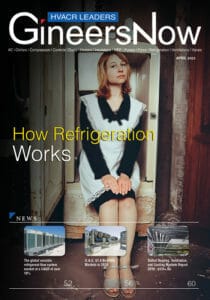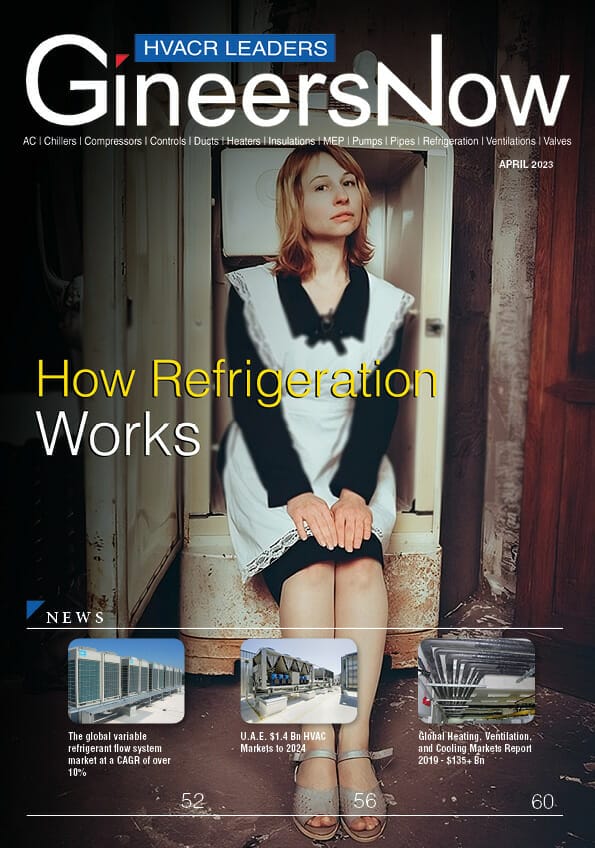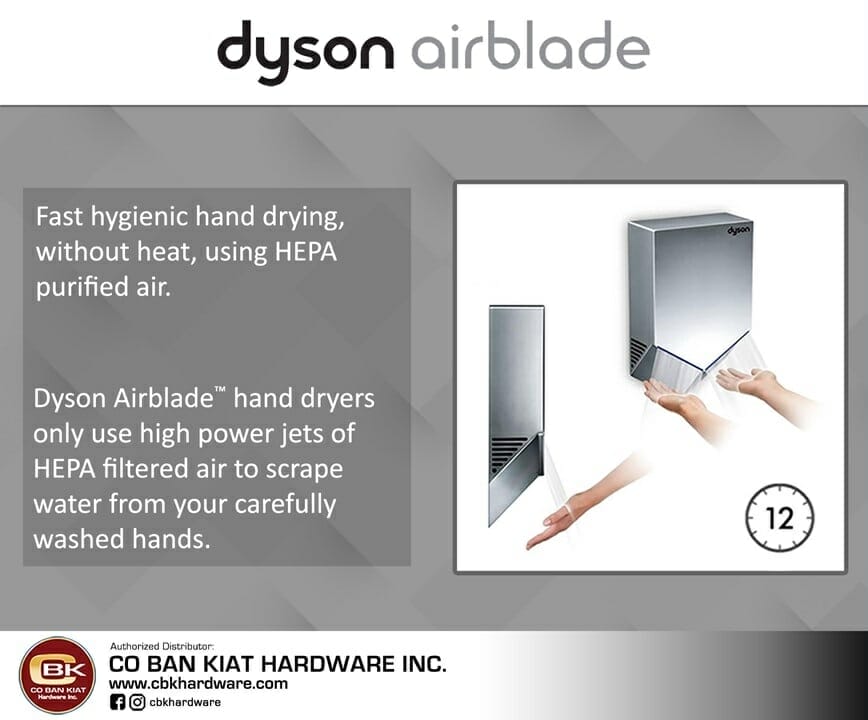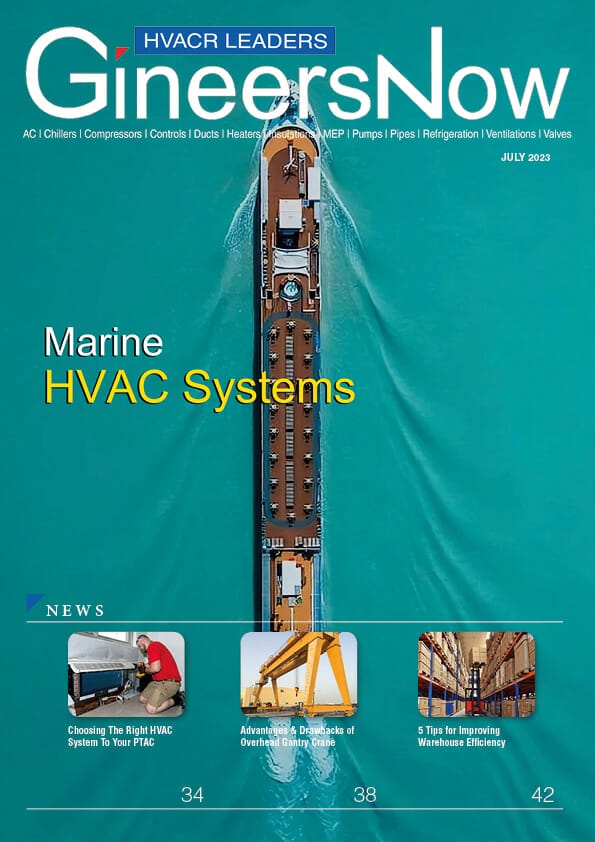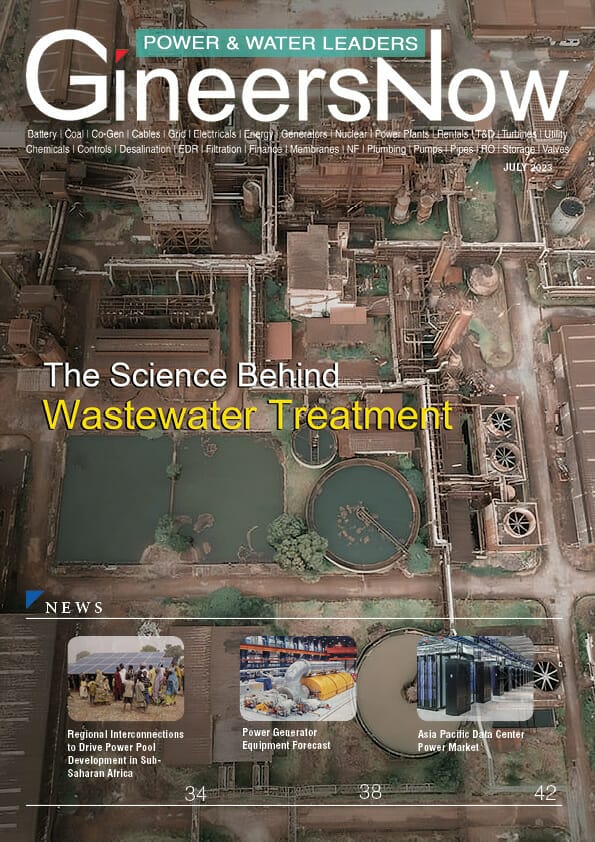Refrigeration is a process that has revolutionized the way we store and preserve food. It works by cooling the air within an enclosed space, allowing us to keep our food fresh and safe for longer periods of time. In this article titled “How Refrigeration Works: Exploring the Mechanics of Chilling Foods,” readers will discover the inner workings of refrigeration and how it manages to keep food chilled.
Refrigeration Basics: How Refrigeration Works
Refrigeration is an essential concept that plays a crucial role in our daily lives. From preserving perishable items to keeping our homes and offices cool, refrigeration has come a long way since its inception. But how does refrigeration work? In this article, we will delve deep into the basics of refrigeration and explore the science behind it.
At its core, refrigeration works by transferring heat from one place to another using a liquid or gas called a refrigerant. The process starts with the compressor compressing the refrigerant, which raises its pressure and temperature. This hot vapor then moves into the condenser, where it loses heat to the surrounding air or water and transforms into a high-pressure liquid.
The high-pressure liquid then travels through an expansion valve, which reduces its pressure and causes it to evaporate back into a gas at low temperatures.
Heat Transfer Processes: How Refrigeration Works
Refrigeration is a process that has been used for centuries to preserve food and other perishable items. It works by transferring heat from one area to another, creating a cooling effect. This is achieved through the use of special fluids called refrigerants, which absorb heat when they evaporate and release it when they condense.
The basic components of a refrigeration system include a compressor, condenser, evaporator, and expansion valve. The compressor pumps the refrigerant gas into the condenser, where it releases heat and converts into liquid form. From there, the liquid refrigerant passes through an expansion valve which reduces its pressure and temperature. As it enters the evaporator, it absorbs heat from its surroundings as it changes back into a gas state.
Overall, the process of refrigeration involves moving thermal energy from one place to another using specialized equipment and fluids.
Refrigerants and Compressors: How Refrigeration Works
Refrigerants and compressors are the two most important components in any refrigeration system. Together, they work to regulate temperature and keep perishable items fresh for extended periods. So, how does refrigeration actually work? In simple terms, it’s a process of heat transfer that relies on the principles of thermodynamics.
The first step in this process is the creation of cold air through the use of a compressor. This component essentially squeezes gas molecules together until they become denser and hotter. As this happens, heat energy is released into the surrounding environment or atmosphere. The compressed gas then moves into a condenser where it cools off and becomes liquid again.
Once in its liquid form, the refrigerant travels through an expansion valve, where it undergoes a sudden drop in pressure.
Heat Exchange Coils and Condensers: How Refrigeration Works
Heat exchange coils and condensers are the backbone of refrigeration systems. These complex machines work together to transfer heat energy from one place to another, providing us with the comfort and convenience of cooling our homes, preserving food, and even powering industrial processes. But how does refrigeration actually work?
At its core, refrigeration is a process that involves removing heat from a space or substance and transferring it elsewhere. This is achieved through a closed-loop cycle that involves several key components: a compressor that compresses refrigerant gas into high-pressure liquid form; an evaporator that allows this liquid to expand into gas, absorbing heat in the process; a condenser that takes this hot gas and cools it back down into liquid form; and finally an expansion valve that regulates the flow of refrigerant back into the compressor as needed.
Evaporators and Expansion Valves: How Refrigeration Works
Refrigeration is an essential process for preserving food, medicine, and other perishable items. Evaporators and expansion valves are two critical components of a refrigeration system that work together to cool down the air inside the refrigerator. Understanding how these two components function is essential to understanding how refrigeration works.
An evaporator is a heat exchanger that absorbs heat from its surroundings, causing the liquid refrigerant to boil and evaporate into a gas. This process cools down the surrounding air, which is then circulated throughout the refrigerator by a fan. The cold air helps keep food fresh and prevents bacteria from growing. An expansion valve regulates the flow of refrigerant into the evaporator by reducing its pressure, causing it to expand rapidly and cool down even further.
Together, these two components create a continuous cycle of cooling that keeps your refrigerator at a constant temperature.
Cold Storage Applications: The Mechanics of Chilling Foods
Cold storage applications play a crucial role in the food industry. Refrigeration has revolutionized the way we store and preserve food, making it possible to transport perishable goods over long distances without them spoiling. The mechanics of chilling foods is based on the principles of heat transfer and thermodynamics.
Refrigeration works by removing heat from the air inside a refrigerated space, cooling it down to a temperature where bacteria growth slows down. This process involves compressing and expanding refrigerant gases, which absorb and release heat as they circulate through a closed-loop system. The compressor sends high-pressure gas to the condenser, where it dissipates its heat into the outside environment before returning to liquid form.
The liquid refrigerant then passes through an expansion valve that lowers its pressure, causing it to evaporate inside an evaporator coil.
Thermostat: Regulating Temperature
A thermostat is an essential component that helps regulate the temperature in homes, offices, and other commercial spaces. It acts as a control device for heating or cooling systems to maintain the desired indoor temperature. The thermostat works by detecting changes in the room’s ambient temperature and sending signals to the heating or cooling system to turn on or off.
To understand how a thermostat works, it’s crucial first to comprehend how refrigeration operates. Refrigeration is the process of removing heat from a space and transferring it outside. An air conditioning unit uses refrigerant gases to remove heat from inside your home and transfer it outside through coils. Once cooled, this refrigerant circulates back into your home again to absorb more heat and repeat the cycle.
The thermostat plays a critical role in regulating this process by communicating with the air conditioning unit when necessary adjustments are needed.
Conclusion: How Refrigeration Works
In conclusion, refrigeration has become an integral part of our lives, providing us with the ability to safely store and enjoy food without worrying about spoilage. Refrigeration works by using a chemical refrigerant that is put under pressure inside a sealed system to absorb heat. This process cools the air, keeping food items at safe temperatures until they are ready to be consumed.
Read GineersNow’s HVAC-R Magazine for FREE
Editor’s Note
How Refrigeration Works: The Mechanics of Chilling Foods
Refrigeration is an important technology that keeps our foods chilled and safe from spoiling. It’s a complex system of cooling that many of us take for granted, but understanding how it works can be beneficial to anyone who uses a refrigerator. In this article, we’ll explore the mechanics behind refrigeration, looking at the components and processes involved in keeping our food cold. We’ll also discuss some of the benefits and drawbacks associated with refrigeration technology.
At its core, refrigeration works by removing heat from one area and transferring it to another. This is accomplished through a process called the vapor compression cycle. The cycle starts with a compressor that compresses the refrigerant gas into a high-pressure state. This high-pressure gas then flows through a condenser coil where it releases heat to the surrounding air or water.
Refrigeration is a technology that has revolutionized the way humans store and consume food. By understanding the basic mechanics of how it works, we can better appreciate its role in keeping our food safe and preserving nature’s bounty for future generations. Refrigeration also helps to save energy and reduce global warming by using less electricity than other methods of food preservation. With continued innovation, refrigeration promises to become even more efficient in the years to come.
